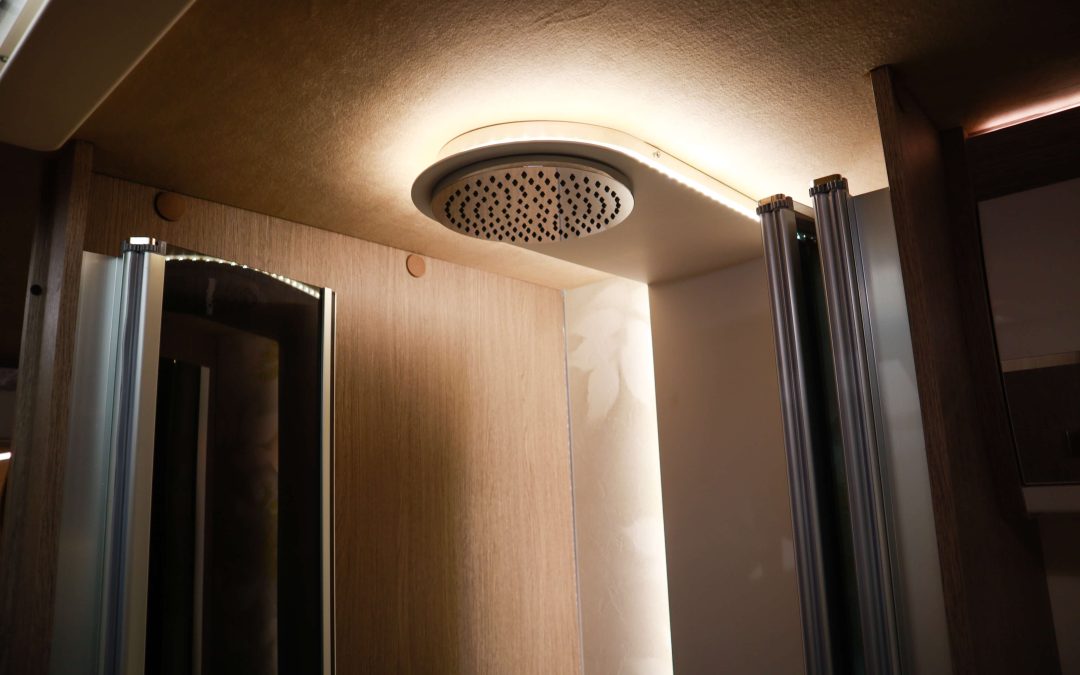For RVers, the open road promises adventure, but the enclosed space of your rig creates a constant battle against an unseen enemy: moisture. Condensation, humidity, and leaks pose a significant threat, leading to mold, mildew, unpleasant odors, and, worst of all, structural damage that could rapidly devalue your mobile home. Effective RV moisture control is the key to preserving the health of your RV and everyone inside it. Getting a handle on humidity requires understanding where the water comes from and implementing year-round preventative strategies.
Understanding the Sources of Moisture in Your RV
To master RV moisture control, you first need to identify the culprits. Moisture primarily enters your RV through internal activities and external infiltration. Internal moisture is the most common and often overlooked source. Everyday living produces surprising amounts of water vapor. Activities like cooking, showering, boiling water, and even simply breathing generate gallons of moisture inside the sealed environment of an RV. When this warm, humid air meets a cold surface, like single-pane windows, metal frames, or uninsulated corners, it condenses into liquid water, creating the perfect breeding ground for mold and mildew.
External moisture is the more destructive source. Water could seep into your RV through faulty seals around vents, windows, skylights, and slides. The roof is particularly vulnerable. Failing to keep up with roof maintenance means a slow, hidden leak may saturate walls and flooring, leading to rot and major structural damage. Successful RV moisture control requires addressing both internal humidity and external entry points.
The Power of Ventilation for RV Moisture Control
Ventilation is the most effective and least expensive tool in your arsenal. The goal is simple: exchange moist, stale air inside the RV with fresh, drier air from the outside. Make it a habit to ventilate while cooking and showering. Always run the stove vent hood when cooking. After a shower, run the bathroom fan for at least 15 to 20 minutes and crack a window slightly to encourage cross-ventilation. High-quality roof vent fans, particularly those with multiple speeds and thermostat controls, are excellent investments, as they will automatically cycle air based on interior humidity levels. Even when the weather is cold, a brief period of ventilation is important. Opening windows for just ten minutes each day creates an air exchange that drastically reduces built-up condensation without causing your interior temperature to drop significantly.
Mechanical Solutions for Active RV Moisture Control
In high-humidity climates or during long periods of full-time RVing, relying solely on ventilation may not be enough. This is where mechanical devices offer powerful assistance in RV moisture control. Dehumidifiers are essential tools, especially when an RV is parked for extended periods or stored for the winter. These machines actively pull moisture from the air. Choose a model sized appropriately for your RV. During the winter or in storage, maintaining a minimum interior temperature helps with moisture control. Keeping the temperature around 50 degrees Fahrenheit prevents interior surfaces from falling below the dew point, which is the temperature at which condensation forms.
The Importance of Exterior Inspections
The most destructive moisture comes from leaks, which is why a thorough exterior inspection must be a regular part of your moisture control plan. At least twice a year, before and after the travel season, get up on the roof and inspect every seam, seal, and penetration point. Check the caulking around skylights, vents, air conditioning units, and antenna mounts for any cracks, peeling, or signs of detachment. Reapply RV-specific sealant immediately to any questionable area. Pay special attention to the seals around slide-outs, which are prime areas for water intrusion.
Inside the RV, look for early signs of moisture damage. Check the cabinets and corners near windows and slide-outs for staining, discoloration, or a soft feel in the paneling. A musty odor is often the first indication of a hidden mold or mildew problem. Catching and sealing exterior leaks instantly strengthens your RV moisture control defense.
Frequently Asked Questions (FAQs)
Are chemical moisture absorbers enough for RV moisture control?
Chemical absorbers are useful supplements for small spaces like closets or drawers, but they are not powerful enough to manage the high humidity generated by daily living in the main cabin.
Does running the RV air conditioner help with moisture control?
Yes, running the air conditioner acts as a dehumidifier. The primary function of an AC unit is to cool the air, but a side effect of that cooling process is the removal of a significant amount of moisture from the air, making it an excellent tool for RV moisture control in the summer.
What is “weeping” and how do I prevent it?
Weeping refers to excessive condensation that drips off windows, walls, and ceilings.
Is it okay to store my RV with the dehumidifier running?
Yes, as long as it is set up to drain continuously (into a sink or outside) and the electrical circuit is safe. Running a dehumidifier during storage is one of the best long-term strategies for effective RV moisture control.
Chief RV offers RV inspections and services in Southern California. Contact us to schedule an appointment.

